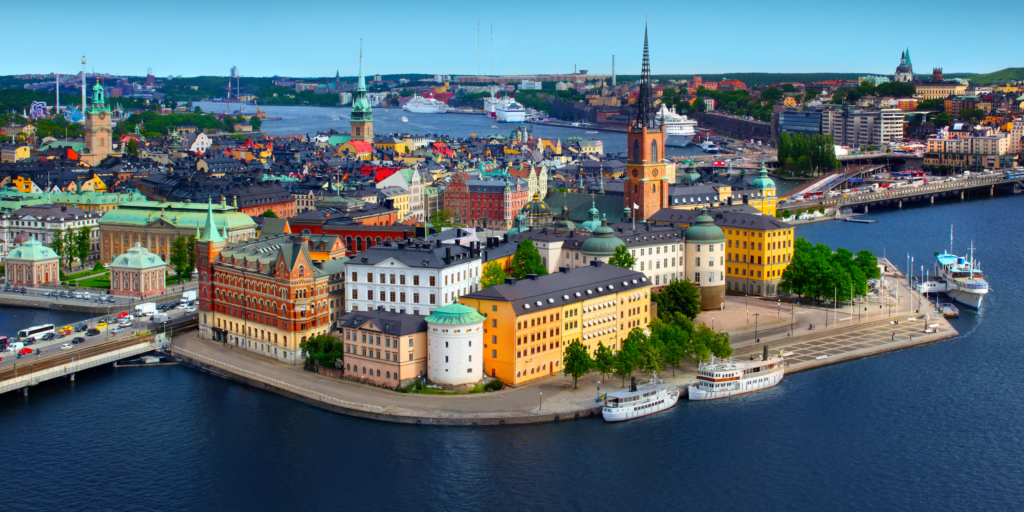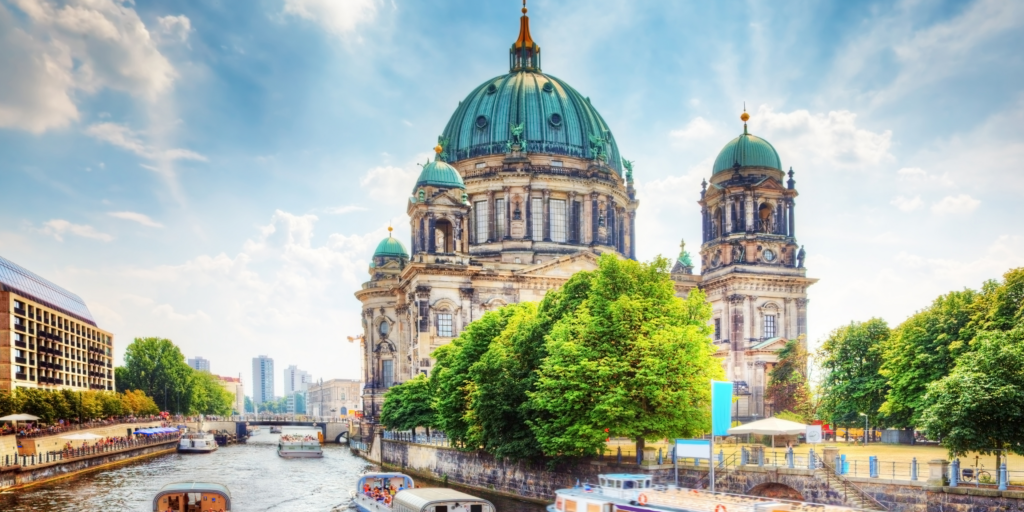The phenomenon of migration from rural to urban areas has been going on for decades and does not seem to have any intention of stopping. In fact, according to the World Urbanization Prospects 2018, more than 55% of the world’s population now lives in cities and, according to estimates, this percentage will reach almost 70% by 2050.
This population increase will clearly lead to an exponential growth of essential services such as construction and transport, which have important consequences on the environment, contributing to the loss of biodiversity. To understand the effect this phenomenon may have on the environment, one only has to consider that, already at present, urban centres are responsible for more than two thirds of greenhouse gas emissions.
It is clear from the above that the sustainability of the planet depends on the sustainability of large cities. In fact, while they represent the heart of the problem, they can also be part of the solution, concentrating efforts and resources to counterbalance the negative effects caused by human action.
Excellent examples of how large urban centres can lead the challenge towards more sustainable cities come from all over the world, but Europe is certainly a driving force in this regard, occupying with its cities the top 5 most sustainable cities in the world.
1) Oslo, Norway
Nestled between the green hills and the Oslo Fjord, the Norwegian capital leads the ranking of the world’s most sustainable cities. According to the European Environment Agency, 74% of urban areas are green.
Oslo has made sustainability one of its priorities, setting an ambitious target: to reduce greenhouse gas emissions by 95 per cent by 2030 compared to 1990 levels. Several strategies have been developed to achieve this goal, including urban regeneration and the promotion of green building practices. For example, the Vulkan district, a former industrial area, is an example of environmentally friendly urban planning with buildings with the highest level of environmental certification and a fully pedestrianised area. Throughout the city it is also common to observe buildings with green roofs or roof gardens that contribute to the maintenance of biodiversity, thermal insulation and rainwater harvesting.
In addition, Oslo has created a green belt surrounding the city, helping to preserve the ecological balance and promoting biodiversity.
Oslo, Norwey
2) Paris, France
Thanks to the efforts of the last few years, Paris occupies second place in this ranking, with the aim of achieving the title of Europe’s greenest city by 2030. With this in mind, the French capital aims to create four new ‘urban forests’ next to the city’s main historic buildings. In addition, Paris is committed to covering more than 50 per cent of the city with vegetation by 2026 and plans to plant 170,000 new trees.
Again, as in the case of Oslo, one of the central elements for the transition towards greater sustainability is urban regeneration. Starting in 2016, the ‘Fertile Îlot’ project was launched to create a carbon-neutral neighbourhood. The fertile island consists of a large garden surrounded by four buildings with roofs and terraces
planted to provide a habitat for Parisian flora and fauna. There are also more than 3800 m2 of green spaces with orchards and vegetable gardens available to residents.
3) Stockholm, Sweden
The city of Stockholm was the first to win the ‘European Green Capital Award’ established by the European Commission and aimed at the most environmentally conscious cities. Today, the Swedish capital occupies third place in the ranking of the world’s most sustainable cities. Thanks to its conformation, the city is rich in green and blue areas, is built on 14 islands and is entirely surrounded by natural oases. One of Stockholm’s main attractions, in fact, is Djurgården. This is where Ekoparken, the world’s first national city park, was built, with an area of 27 km2, 20 of land and 7 of water, with great ecological value.
Stockholm, Sweden
4) Copenhagen, Denmark
At the foot of the podium is Copenhagen. The Danish capital implemented a transition towards greater sustainability after it was hit by a violent cloudburst in 2011. This event prompted local politicians to draw up the ‘Copenhagen Climate Adaption Plan’, followed by the ‘Cloudburst Management Plan’. These provided guidelines for redesigning the city in a sustainable manner. These included the creation of green areas, neighbourhood micro-parks and green roofs and parts. In 2013, for example, the Tåsinge-Plands square, the world’s first resilient urban area, was designed. This was a climate adaptation project that also improved biodiversity in the city. The project, in fact, allowed rainwater to be managed on the surface, thus becoming a resource to give life to new plants and trees instead of ending up in storm drains.
5) Berlin, Germany
The German capital closes the ranking. Berlin is also the second largest city in Europe in terms of the number of public parks, with around 2,500. These make up around 40 per cent of the city’s green and blue areas and create a kind of green belt that, like in Oslo, delimits the urban area and encourages rich biodiversity. Green-roofed buildings are also becoming increasingly common in Berlin, which, as mentioned above, bring several advantages in terms of maintaining biodiversity, thermal insulation and rainwater harvesting.
Another project of great importance for biodiversity is the initiative to create 50 ‘patches’ of land scattered throughout the city planted to protect the more than 300 species of wild bees that inhabit Berlin.
Berlin, Germany
Beeing’s initiatives
We at Beeing have always had the objective of fostering the maintenance and development of biodiversity within cities by promoting urban beekeeping practices with B-BOX, an innovative type of beehive created with the idea of making beekeeping accessible and safe even in urban contexts. Another initiative consists in the construction of urban apiaries. In cooperation with local companies, we install beehives capable of housing tens of thousands of bees on their premises, which are then managed by local beekeepers.
These projects of ours aimed at promoting beekeeping in urban areas also have the important purpose of protecting bees from chemical pesticides that are regularly used in agricultural areas and are promoting the decline of numerous bee species and pollinating insects.


